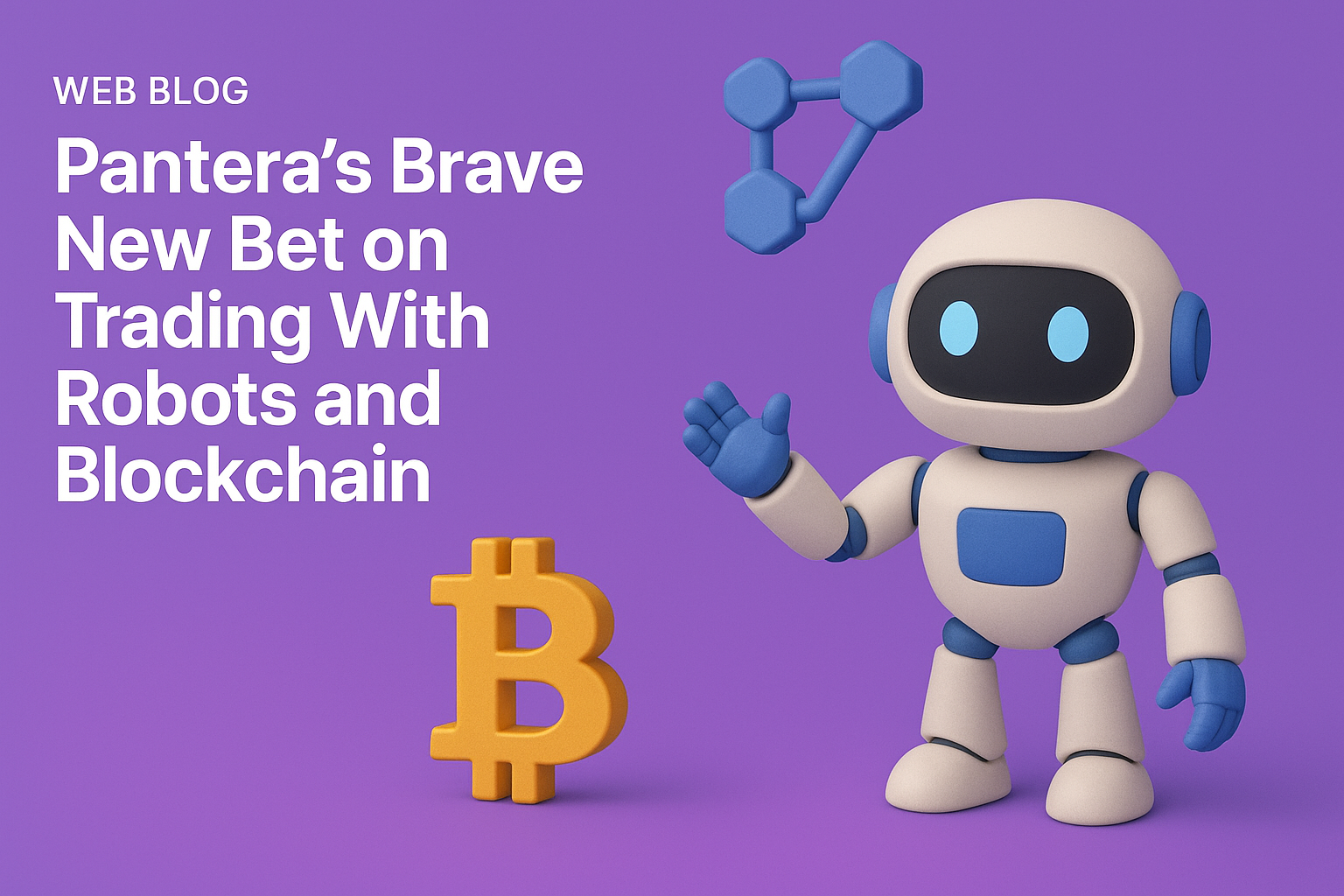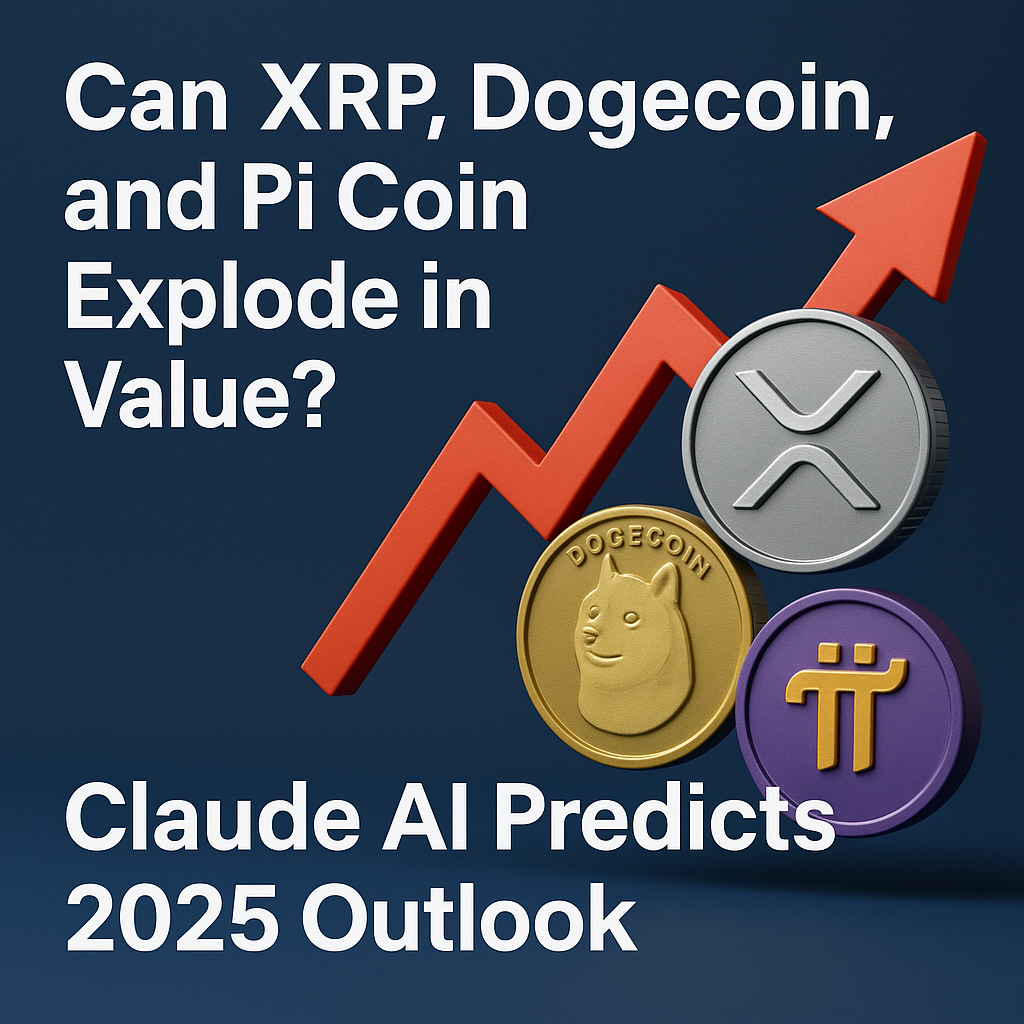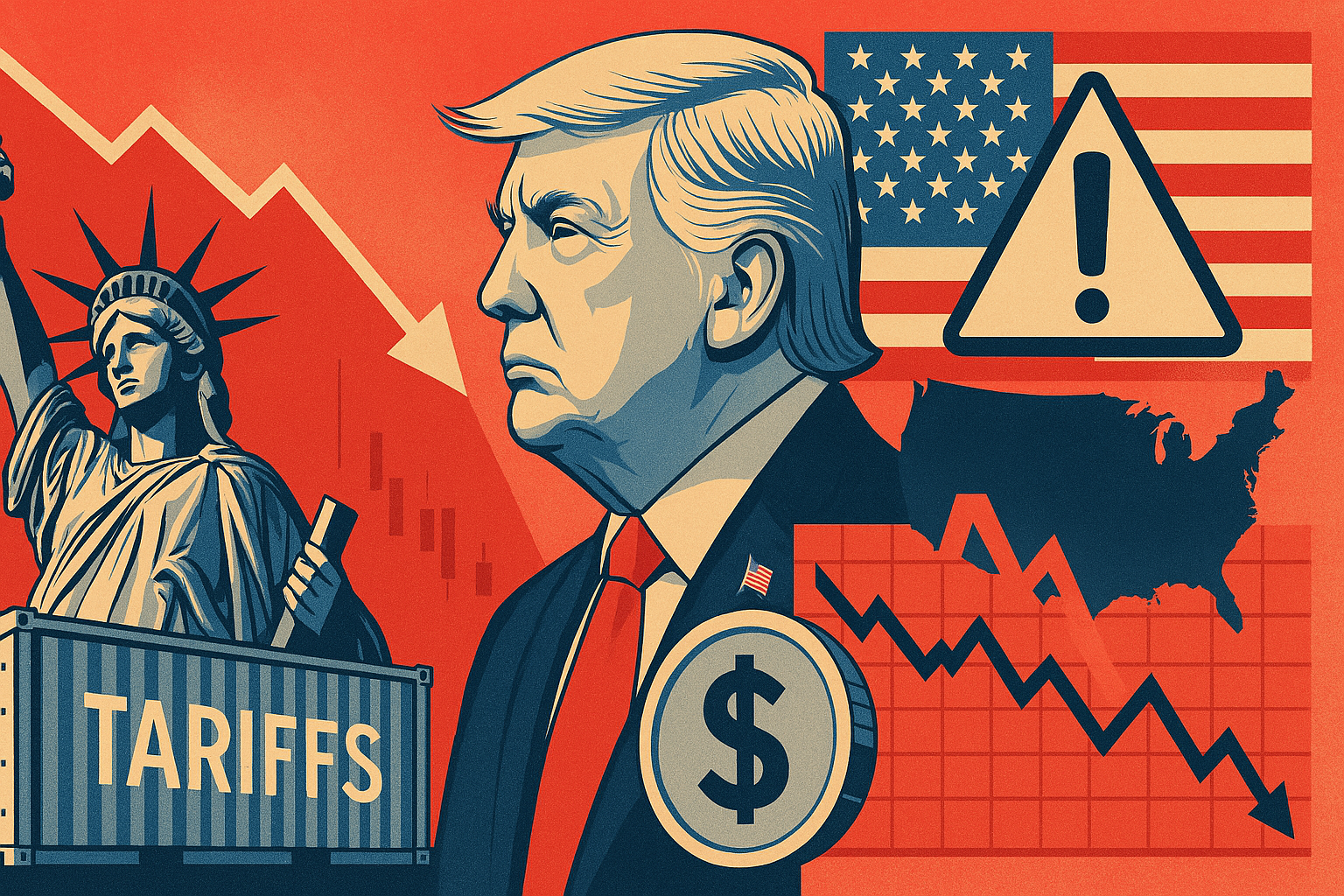Pantera Capital has led a $20 million investment in OpenMind, a pioneering AI-robotics startup building FABRIC—an open-source, decentralized operating system designed to foster trust and seamless coordination among autonomous machines. While the project is focused on robotics, the potential impact on trading systems is undeniable. This innovation lays the foundation for a future where intelligent, automated agents interact securely within blockchain-powered infrastructure.
Why FABRIC Matters for Trading
FABRIC is a hardware-neutral protocol that allows robots—regardless of manufacturer or platform—to communicate, share data, and collaborate through blockchain verification. It acts as a decentralized trust layer, much like decentralized exchanges in the financial sector, where transactions occur without the need for a central authority.
This modular, interoperable framework could soon support advanced trading agents—entities capable of executing transactions, analyzing financial signals, and responding to market shifts autonomously, all in real time.
Pantera’s investment underscores a growing synergy between blockchain, artificial intelligence, and digital finance—a convergence driving forward the next generation of automated systems and trading tools.
Key Investment Details
1. Strong Backing from Industry Leaders
The $20 million funding round was led by Pantera Capital, with support from other major investors including notable names in venture capital and crypto. Their involvement signals growing confidence in decentralized infrastructure and its transformative role across multiple industries—from robotics to autonomous trading networks.
2. Universal Hardware Compatibility
FABRIC is designed to work seamlessly across a wide range of robotic hardware. This flexibility removes barriers created by vendor lock-in and enables open collaboration. Similarly, decentralized trading ecosystems thrive on interoperability—connecting various platforms and blockchains in a unified, frictionless manner.
3. Blockchain Transparency and Coordination
Every interaction and decision made by robots using FABRIC is recorded on a blockchain ledger, ensuring it is transparent, secure, and tamper-proof. This level of accountability is critical in complex trading systems, especially as regulatory oversight and demand for trust increase.
Implications for Future Trading Ecosystems
Autonomous Trading Agents
With the maturing of FABRIC’s trust layer, intelligent machines and AI systems could serve as autonomous trading agents. These robots would be capable of analyzing data streams, interpreting trends, and executing trades with no human intervention—effectively reshaping how trading happens across markets.
Real-World Integration of Physical and Financial Systems
FABRIC enables machines to transact services or digital assets independently. This opens the door for a hybrid economic model where physical entities like drones or logistics robots participate directly in trading activities through smart contracts, creating new avenues for value exchange.
Broader Significance in the Crypto Space
Pantera’s investment is more than a financial endorsement—it represents a commitment to a decentralized future. FABRIC aligns with the growing trend toward autonomous finance, AI-driven bots, and interoperable blockchain networks. OpenMind’s open-source model supports scalable, developer-friendly ecosystems—key to building robust, decentralized trading platforms.
Roadmap and What’s Next
OpenMind plans to use the funding to expand its technical team and deploy FABRIC in industrial sectors such as smart cities, logistics, and manufacturing. As these deployments grow, so will the opportunities for robots to act as intelligent agents—capable of secure, real-time participation in trading ecosystems.
Conclusion
Pantera Capital’s $20 million backing of OpenMind is a strategic move toward reshaping global trading infrastructure. FABRIC offers more than robotic coordination—it introduces a new layer of secure, decentralized interaction for machines and markets alike. As intelligent agents evolve and integrate into digital economies, we are witnessing the early stages of a revolutionary shift in how trading happens—powered by AI, governed by blockchain, and driven by trust.



